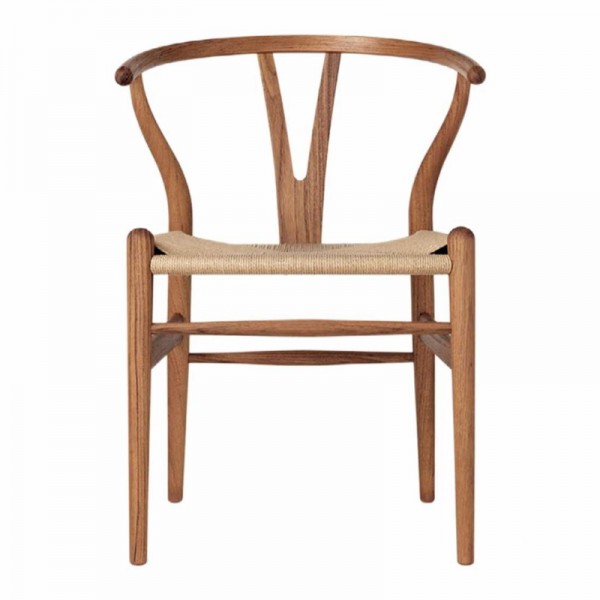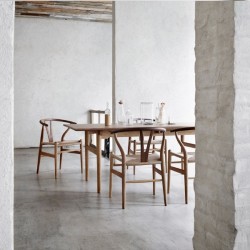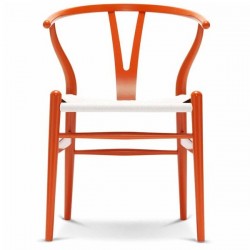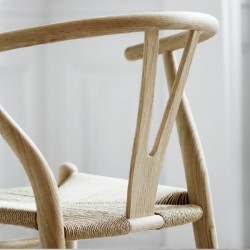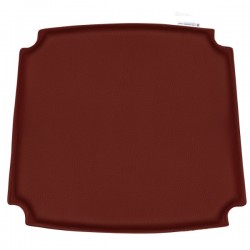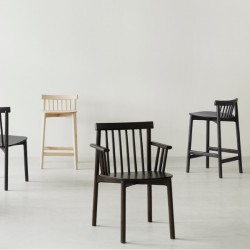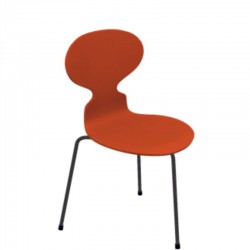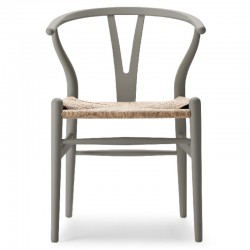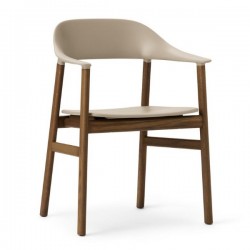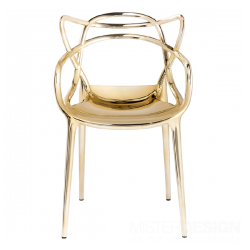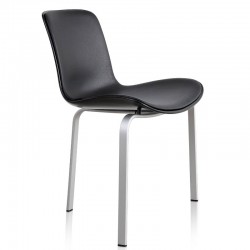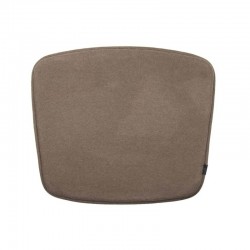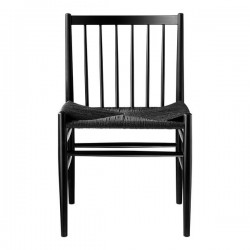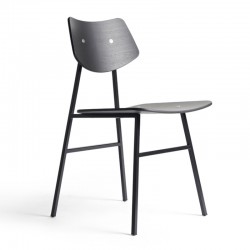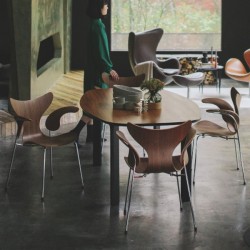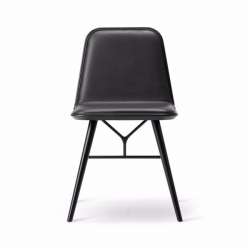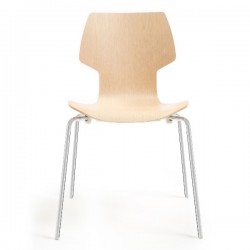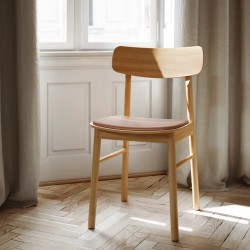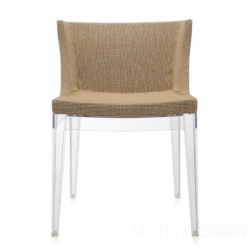The very first model Hans J. Wegner designed exclusively for Carl Hansen & Søn in 1949, the CH24 or Wishbone Chair, has been in continuous production since its introduction in 1950.
The Wishbone Chair was one of the very first models Hans J. Wegner designed especially for Carl Hansen & Søn and has been in continuous production since 1950. With a design that is uniquely its own, the Wishbone Chair holds a special position in the world of modern design. This iconic design was the last part of a Wegner series inspired by portraits of Danish merchants sitting in Chinese Ming Dynasty chairs. Wegner took a giant leap in furniture design with the series, combining the top rails and arms into a single piece. The characteristic Y-shaped back provides comfortable support while giving stability to the steam-bent top. Many view the CH24 as an ideal chair as it fulfills the functional demands for comfort and stability while having a distinct look. In other words: it captures the essence of modern Danish design.
- Specifications
Frame fsc®-certified teak oiled seat paper cord natural colour, hand-woven
- Size Description
Width 55cm, depth 51cm, height 76cm
Seat height 45cm
-
Hans J. Wegner
As a driving force behind 'Danish Modern', Hans J. Wegner helped change the general public's view of furniture in the 1950s and 1960s. His passion for designing chairs, more than 500 of them, is recognized worldwide and reflected in his title 'the Master of the Chair'. He is famous for integrating perfectly executed joints with exquisite shapes and combining them with a constant curiosity for materials and deep respect for wood and its natural characteristics. His designs furnish minimalism with organic and natural softness. Hans J. Wegner was born in 1914 in Tønder in Southern Denmark, the son of a shoemaker. At the age of 17, he completed his apprenticeship as a cabinetmaker in the workshop of H. F. Stahlberg where his first designs saw the light of day. At the age of twenty he moved to Copenhagen, Denmark, to attend the School of Arts and Crafts, where he studied from 1936-1938 before embarking on a career as an architect.



 EUR
EUR

